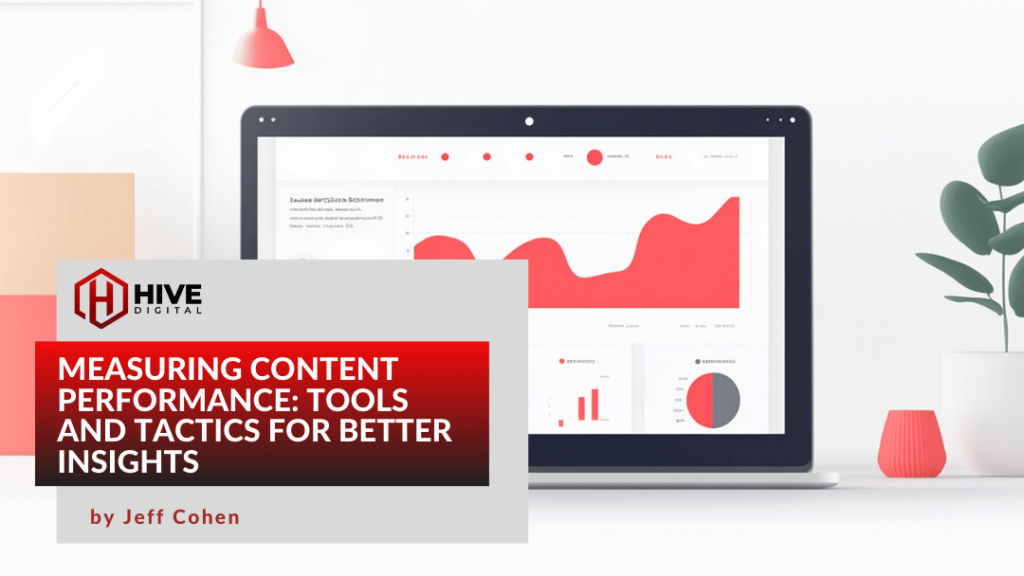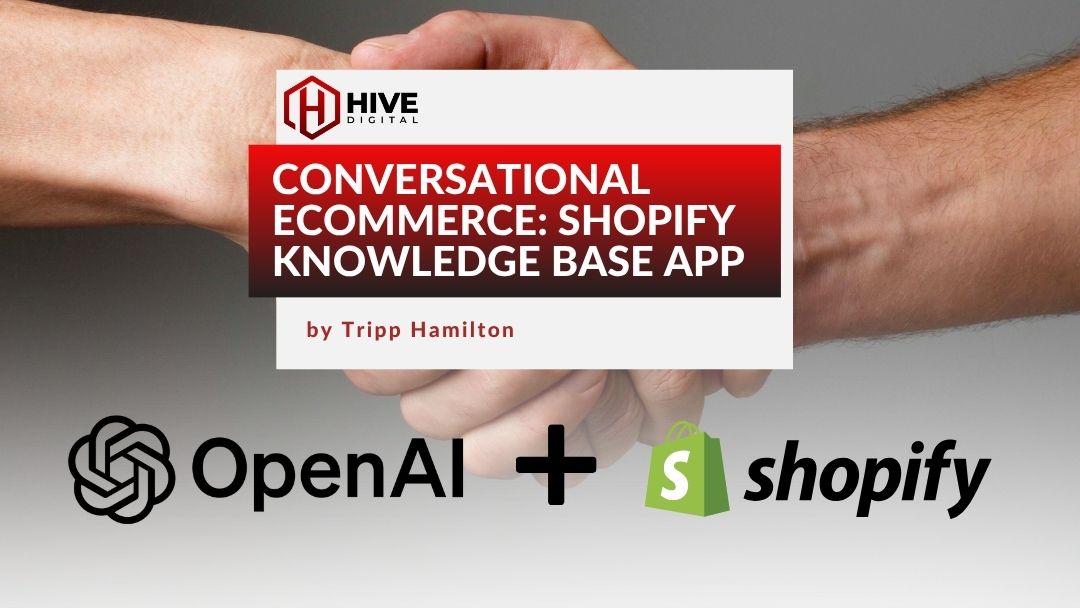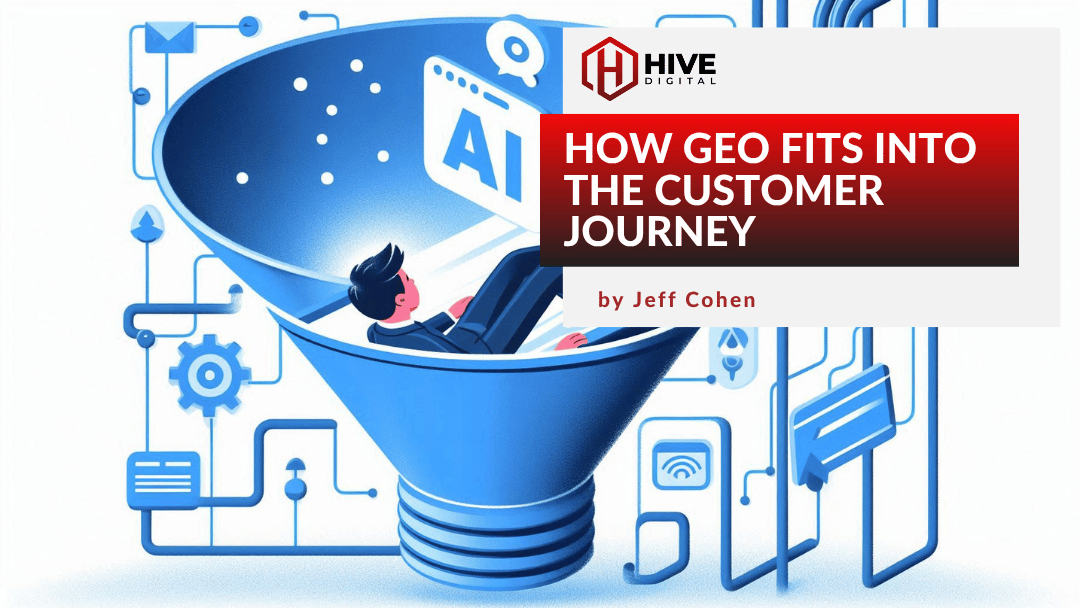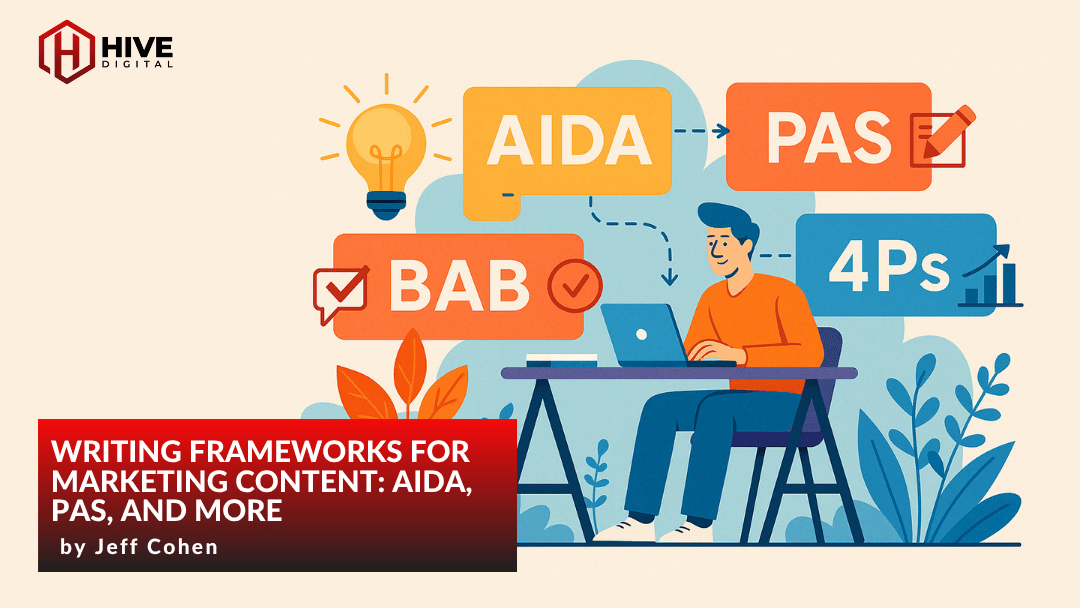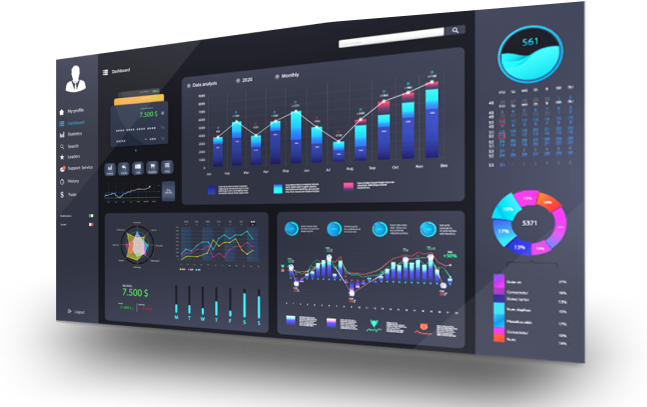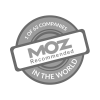Creating great content is only half the battle, and as an 80’s kid, I learned early on that ‘knowing’ is the other half (thanks GI Joe). But in content strategy, getting to ‘knowing’ can be surprisingly tricky. Many businesses focus on the output but struggle to measure impact.
Keeping a close eye on your content’s performance is where the real strategy begins. How can you tell if your content is hitting the mark? Which metrics matter most? And what tools can help you turn data into actionable insights? Let’s dive into the key performance indicators (KPIs), tools, and strategies you can use to measure and improve your content’s impact.
The Organic Search KPIs That Matter Most
When it comes to evaluating content performance, focusing on the right KPIs ensures all that hard work translates into measurable impact. Think of these metrics as the vital signs of your content—tracking them tells you not just whether your strategy is working but also why.
Here are the ones we rely on most to assess whether our content is resonating with users and driving results:
- Organic Impressions and Average Position – These metrics, available in Google Search Console, tell you how often your content appears in search results and how high it ranks. A strong average position suggests that Google sees your content as relevant and authoritative, while low impressions might signal that your keywords need refining.
- Clicks and Sessions – Clicks are your first indication that your content is resonating with users. Pair this with session data—how long users stay on the page—and you’ll know if your content is delivering on its promise. Short sessions or high bounce rates could mean your content isn’t quite hitting the mark.
- Pages per Session – This metric reveals whether your content inspires readers to explore more of your site. A higher number indicates effective internal linking and engaging content that keeps users clicking.
- Scroll Depth – Scroll depth measures how far users get through your content. Are they sticking around to read the entire article or bailing halfway through? This data can reveal whether your content structure needs improvement or your intro is doing enough to hook readers.
- Conversion Rate – Ultimately, conversions tell you whether your content drives action. Whether it’s signing up for a newsletter, downloading a resource, or making a purchase, this metric measures how effectively your content turns readers into doers.
- Backlinks – Backlinks are a vote of confidence from other sites, signaling that your content is valuable and authoritative. Strong backlink profiles not only boost visibility but also enhance trustworthiness in Google’s eyes.
The Best Tools for Measuring Content Performance
Even the best KPIs won’t mean much if you’re not using the right tools to track them. Thankfully, there’s no shortage of platforms to help you measure your content’s success. Here’s a look at some of the most effective tools and how they fit into a performance-driven content strategy:
- Analytics and Search Tracking: Start with the essentials. Google Analytics 4 (GA4) provides detailed insights into user behavior, from session durations to conversion paths. Pair this with Google Search Console to track your content’s visibility and ranking positions. Together, these tools form the backbone of your content analysis.
- Visualization and Reporting: Once you have the data, you need to make sense of it. Looker Studio is perfect for building custom dashboards that visualize performance trends and highlight your most important metrics. It’s like having a high-level view of your content’s health at a glance.
- Behavioral Insights: Understanding how users interact with your content goes beyond numbers. Tools like Hotjar and Microsoft Clarity let you see heatmaps and session recordings, giving you direct insights into user behavior. You’ll know exactly how far readers scroll and where they lose interest.
- SEO and Content Optimization: For technical SEO and ongoing optimization, platforms like ContentKing and Screaming Frog ensure your content remains accessible and optimized for search engines. Meanwhile, Ahrefs helps you analyze backlinks, keyword rankings, and competitive content to stay ahead of the game.
What to Do with Winning and Losing Content
Let’s be honest, they’re not all going to be winners all the time. Once you’ve analyzed your content’s performance, it’s time to put your findings into action. The goal is simple: Double down on your successes while giving your underperformers the boost they need. Here’s how to approach both sides of the spectrum:
Maximizing Winning Content
Your top-performing content is a goldmine waiting to be expanded. Start by repurposing it—turn high-traffic blog posts into videos, infographics, or social media snippets to reach new audiences. Promote it further through newsletters or syndication on platforms like Medium. And don’t forget to refine your CTAs to encourage even more engagement. Keeping your winning content fresh with updated stats and insights ensures it continues to deliver value.
Reviving Underperforming Content
Underperforming content isn’t necessarily a lost cause. First, identify the problem. Are rankings dropping? Is engagement low? Tools like GSC and Hotjar can reveal whether the issue lies in visibility, user behavior, or competition. If your content feels outdated or lacks depth, consider rewriting or expanding it to better align with user intent. For thin or redundant pieces, consolidation can turn two mediocre pages into one high-value resource. And in some cases, a 301 redirect or outright removal might be the best course of action to improve your site’s health.
Turning Data Into Direction: Building Smarter Content Strategies
Measuring content performance is about more than just checking boxes on a dashboard. It’s about understanding how well your content meets your audience’s needs, drives engagement, and supports your business goals. By focusing on meaningful KPIs, using the right tools, and acting strategically on what you learn, you can turn your content into a powerful engine for growth.
Ready to take your content strategy to the next level? At Hive Digital, we’re here to help you create and optimize content that delivers results. Let’s talk!

